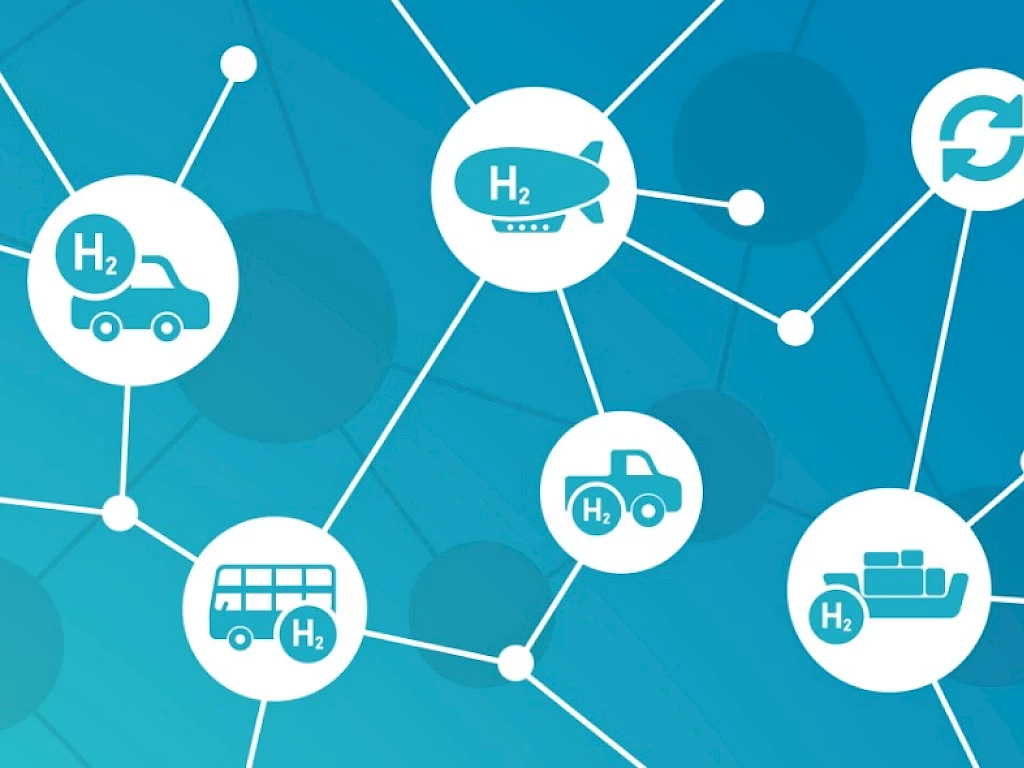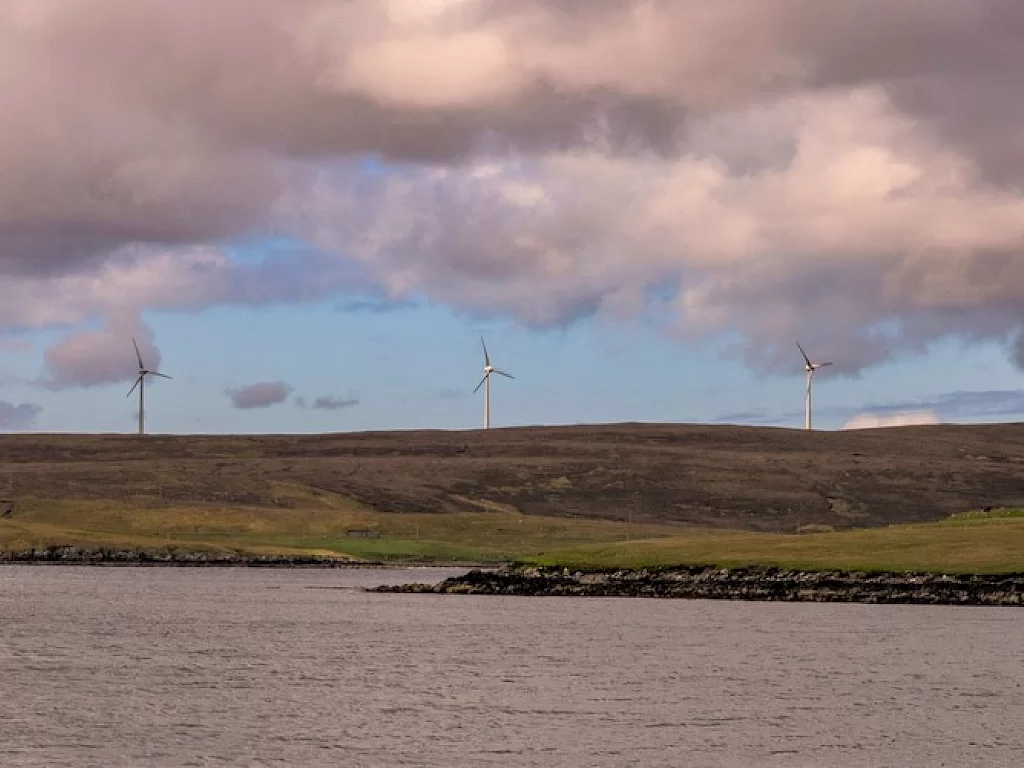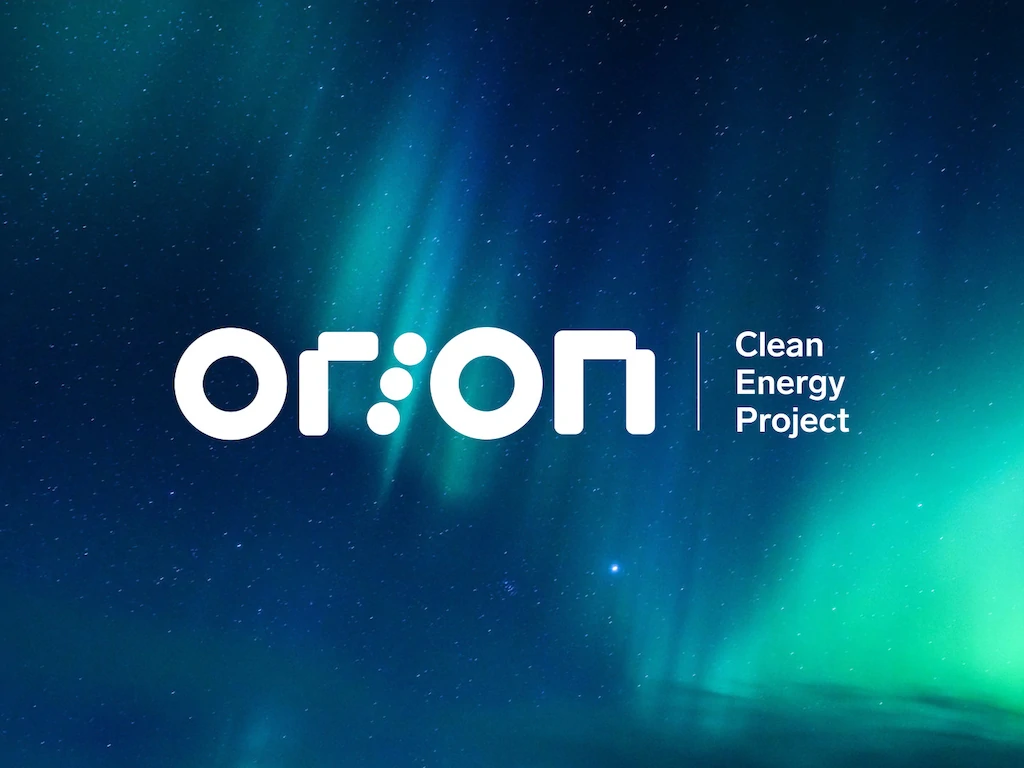Renewable energy technology is developing rapidly but as the UK transitions to net zero, oil and gas will remain an important part of the energy mix up to 2050. However, the industry must reduce its carbon emissions to meet UK and Scottish government CO2 reduction targets by 2050 and 2045, respectively.
Reuse of brownfield industrial sites in Shetland is one aim of ORION. It may be possible to repurpose the existing infrastructure owned by various companies already established in the isles to aid in the transition from fossil fuels to clean energy. In theory, the existing crossroads of oil and gas lines could be used to transport and store hydrogen.
Electrification of the oil and gas sector is a key opportunity for the ORION project. Onshore wind will enable electrification of some assets, but the future development of floating offshore wind in the Shetland region will enable wider electrification.
The University of Strathclyde is conducting research into onshore and offshore power systems in Shetland to understand supply and demand after the interconnector and Viking Energy projects are operational in 2025.


